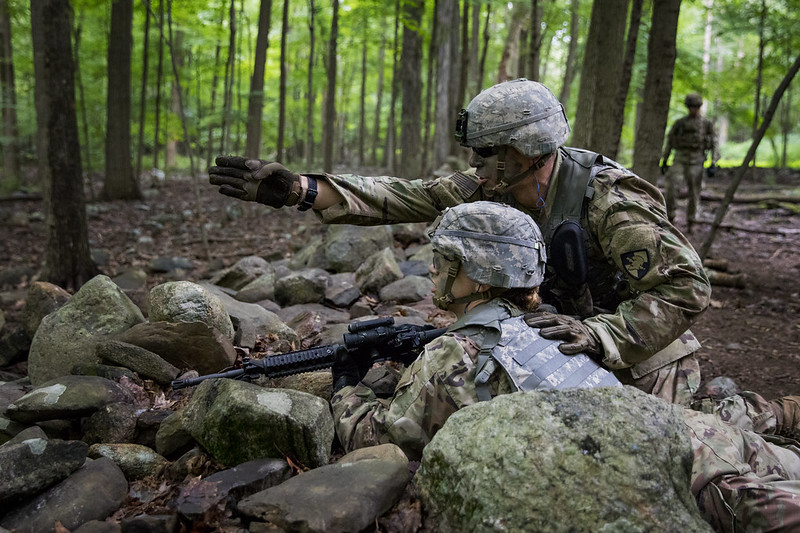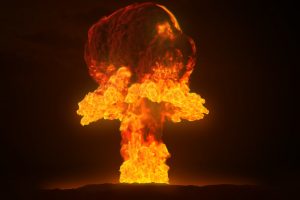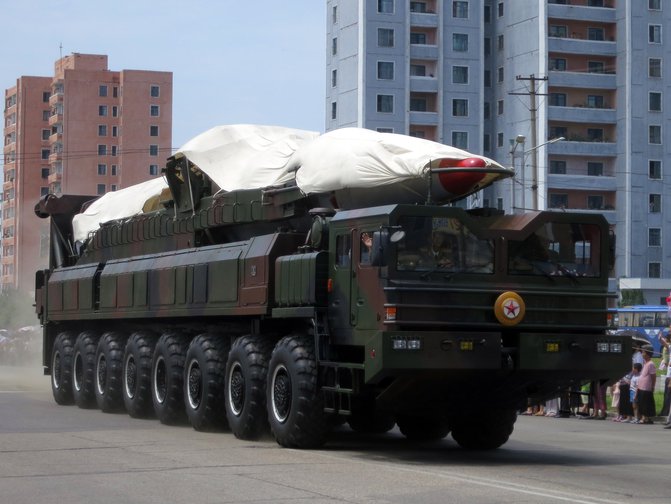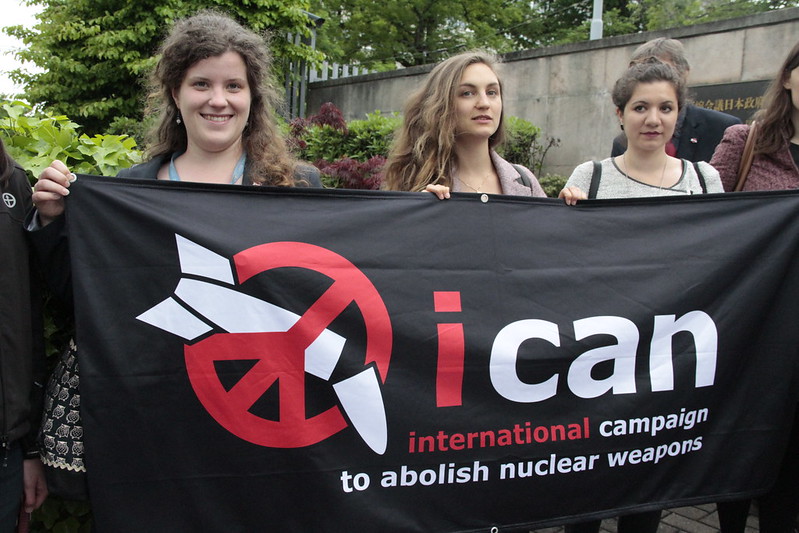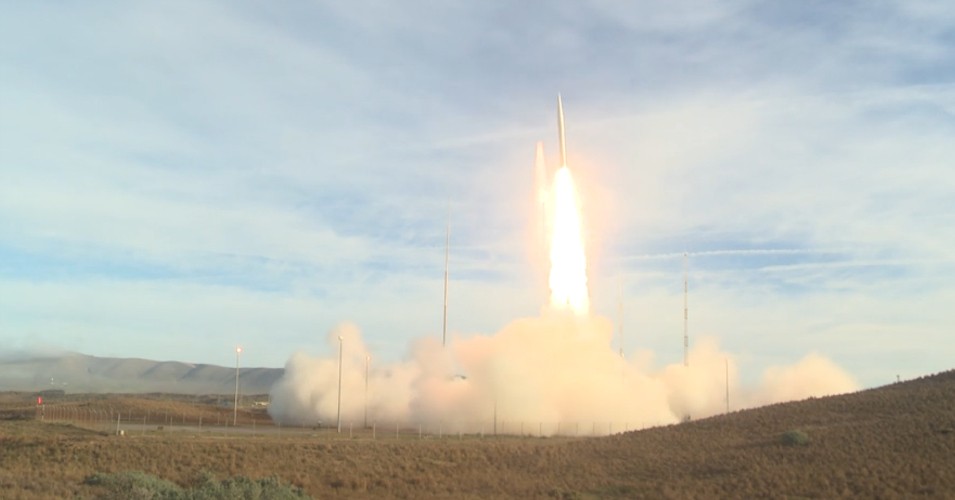“If the image is indeed from a nuclear weapons accident, it would constitute the first publicly known case of a recent nuclear weapons accident at an air base in Europe,” according to the Federation of American Scientists.
By Kenny Stancil. Published 4-3-2023 by Common Dreams
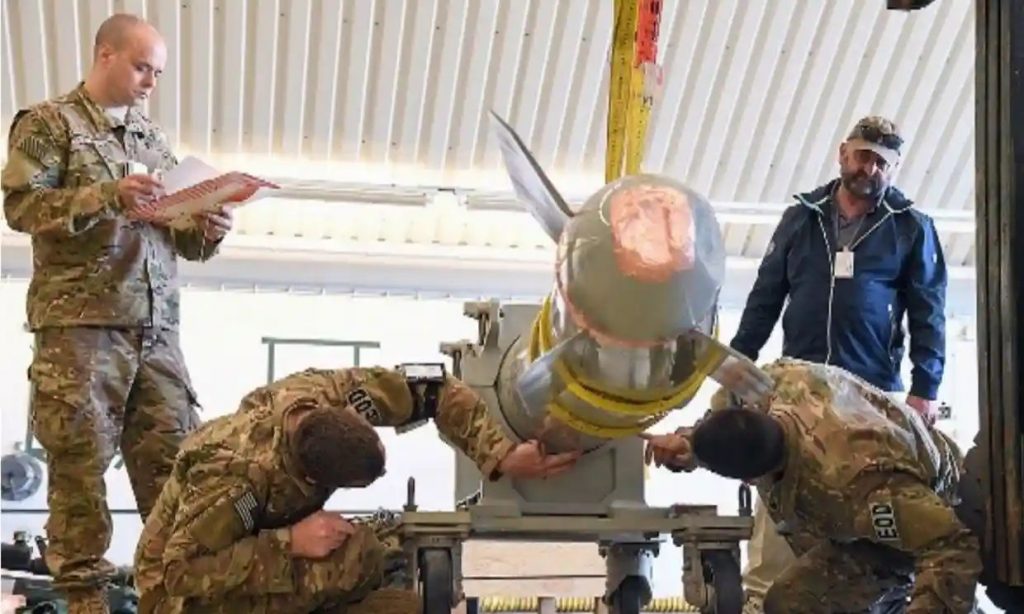
A photo in a Los Alamos National Laboratory student briefing from April 2022 shows four people inspecting what appears to be a damaged B61 nuclear bomb. (Photo: Federation of American Scientists)
Was a U.S. nuclear bomb damaged in a recent accident at a European air base?
This question is being asked Monday after the Federation of American Scientists (FAS) discovered and published a photo—used in an April 2022 student briefing at Los Alamos National Laboratory in New Mexico—that shows four people inspecting what looks like a damaged B61 atomic bomb. The U.S. is set to soon deliver a new generation of this so-called “tactical” nuclear weapon to Europe.
Continue reading

